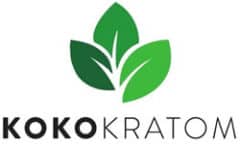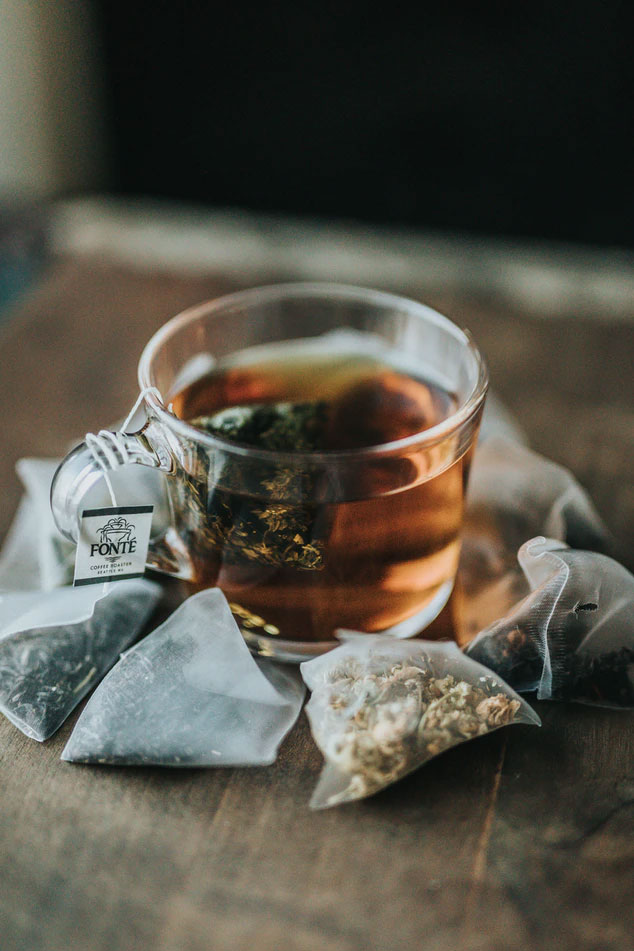The Links Between Kanna and Kratom
Coming from two totally different parts of the world, kanna and kratom would not seem to have much in common at first glance. However, these two plants do have similarities in terms of how they were discovered and how they are used. Read on to discover the links between kanna and kratom and how each one can enhance your life.
Both Kanna and Kratom Are Feel-Good Chews
Native to the Cape area of South Africa, Sceletium tortuosum is a succulent ground cover plant that was chewed regularly by the pastoralist Khoikhoi people to stave off hunger and thirst and to promote a feeling of wellbeing. While kanna was also consumed in the form of kanna tea, the preference for chewing the plant led to Dutch colonists referring to the plant as kougoed ‘ ‘good to chew.’
Like kanna, kratom (Mitragyna speciosa) leaves are also traditionally chewed to keep hunger and thirst at bay and to help the user feel happy and relaxed. While the bioactive compounds in each plant are different, the place the herb holds in their culture of origin are surprisingly similar.
Both Kanna and Kratom Were Documented by the Dutch
In the late 1600s, the Dutch explorer and trader Van Riebeeck wrote the first report about kanna after trading with locals for Sceletium and sheep. In 1685, the colonial governor Simon van der Stel also wrote about the herb in his journal, noting that the locals gathered it from the hills, bruised the stems and roots, and sewed them up in sheepskins to ferment. They would then chew on this fermented kanna throughout the year.
Kratom was also first documented by a Dutch explorer under similar conditions ‘ the Dutch botanist Pieter Willem Korthals was sent by the Dutch East India Service in the 1830s to complete a survey when he noticed the locals chewing on kratom leaves. Due to his ‘discovery’ of kratom, the plant’s botanical name is now written with an abbreviation of his surname, Korth., at the end.
Kanna and Kratom Are Used In Similar Wellness Preparations Today
Users of kratom will know that chewing on the leaf is not the only way to take the herb, and for many in the West, it is near impossible to obtain the whole leaf unless you grow it yourself. Like kratom, kanna tea is another way the herb is ingested, and both can be found in the form of tinctures and supplements. While kratom is not usually smoked except for the infamous Malaysian ‘cow dung cigars,’ the kanna herb is frequently smoked and also prepared as snuff.
In 2001, a standardized extract of kanna called Zembrin’ was patented and later released as a mood-boosting supplement in 2012 by HG&H Pharmaceuticals. We can only hope that kratom will enjoy similar recognition for its pharmacological compounds in the future.
Boost Your Health Naturally with Koko Kratom
At Koko Kratom, we firmly believe in the power of nature for living a healthy and happy life. If this article about kanna and kratom has inspired you, we invite you to head over to our online shop where you can select from our diverse collection of farm-fresh kratom strains.



